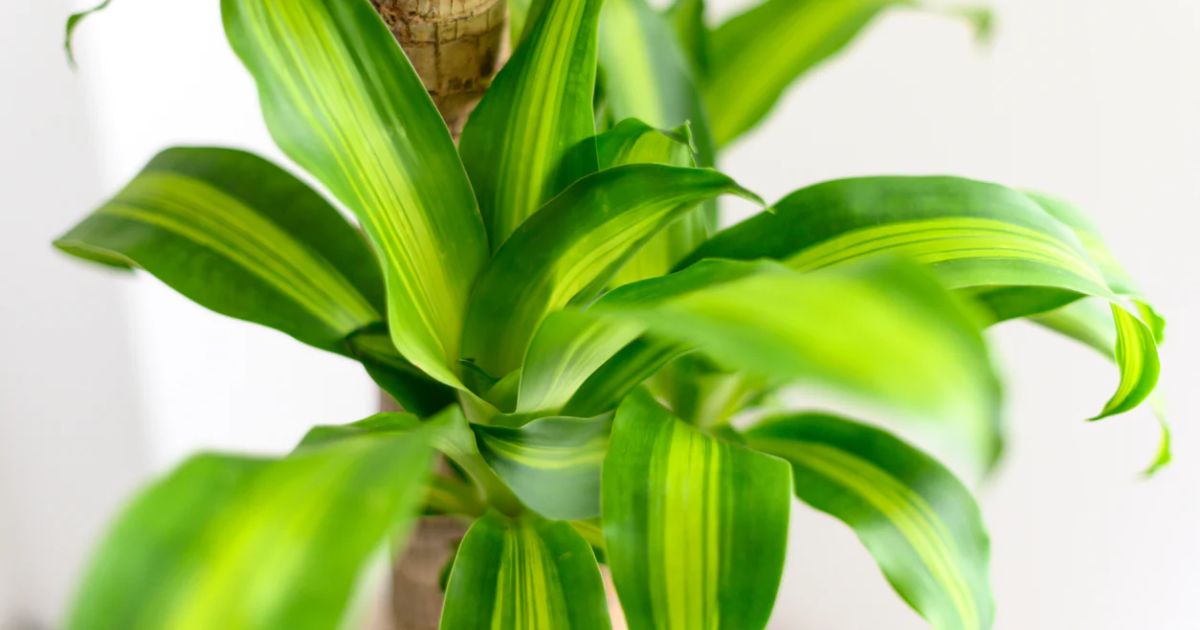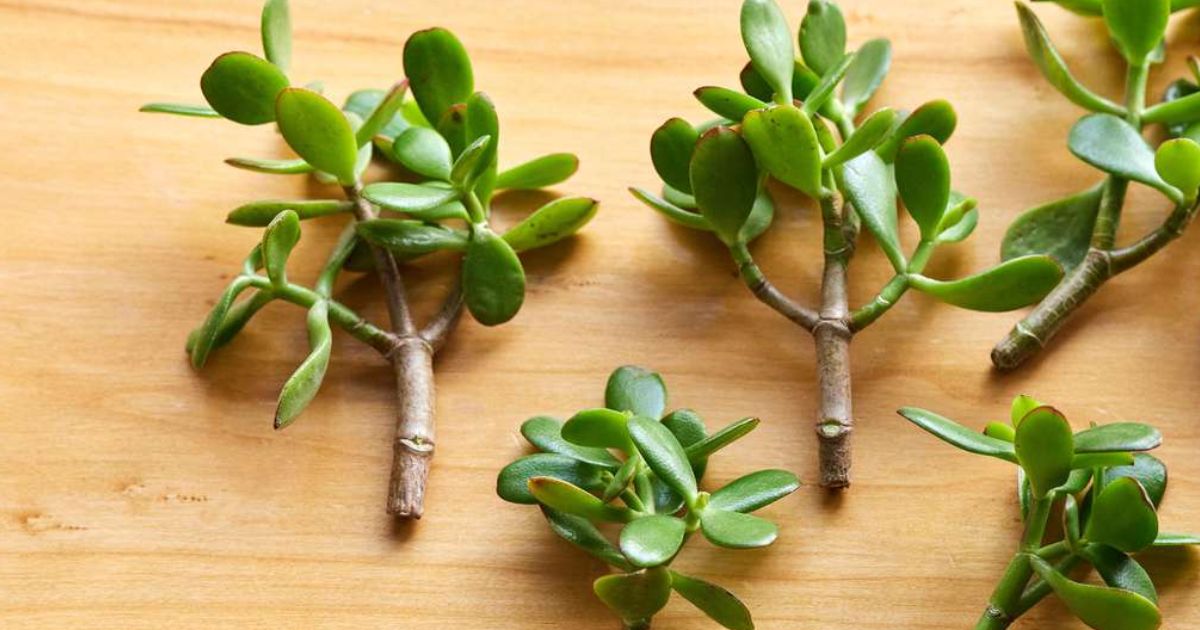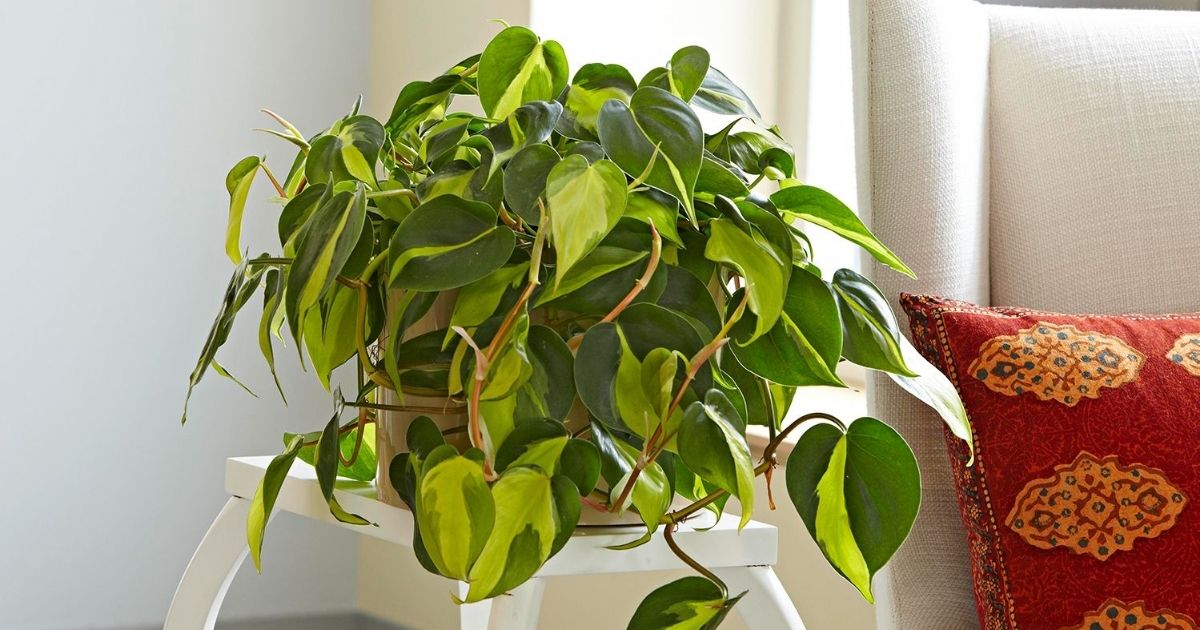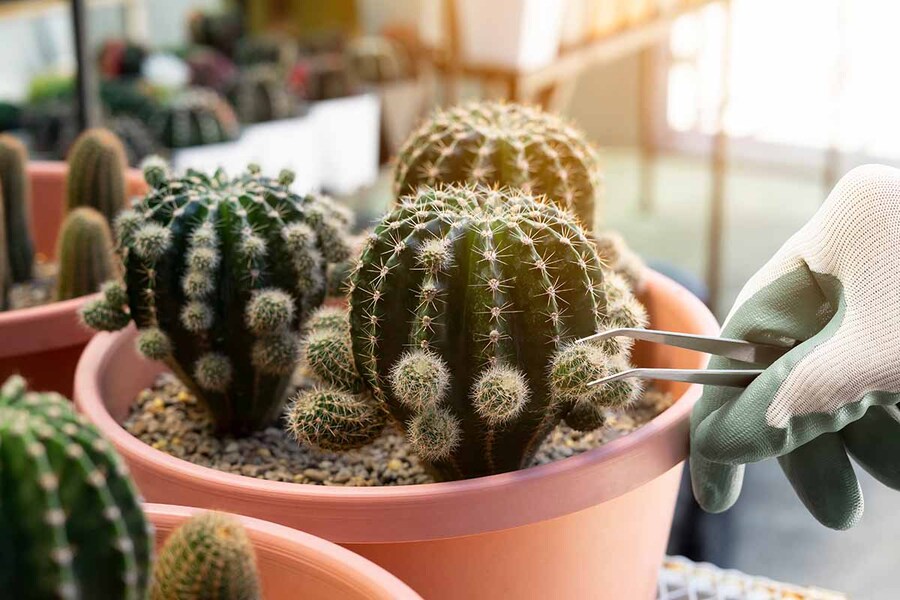Growing Herbs Hydroponically: Everything You Need To Know
Many people have no idea about the hydroponic system, let alone growing herbs hydroponically. In fact, hydroponics is the technique of growing plants using a water-based nutrient solution rather than soil. It can include an aggregate substrate, or growing media, such as vermiculite, coconut coir, or perlite.
Sounds interesting, right? If you like growing herbs hydroponically indoors, then this article is designed perfectly for you.
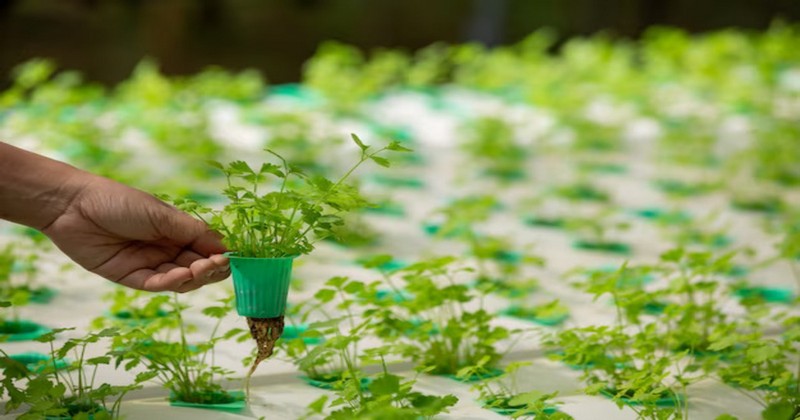
Table of Contents
What is Hydroponics?
Hydroponics is a cropping system that makes plants grow in a nutrient-rich water solution. In other words, it does not require soil. The grower will recover and recycle the water used, and the nutrients come from various sources, including fish excrement (a technique known as aquaponics).
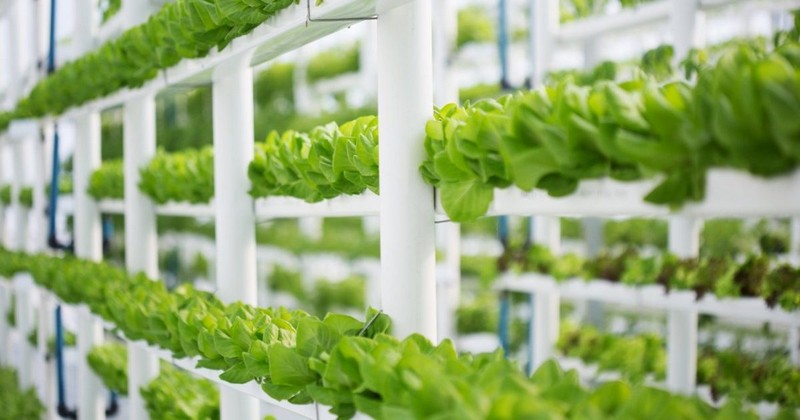
Hydroponic plant growing produces herbs with better taste and more potent aroma than their soil-grown counterparts. Moreover, the environment needs to be more consistent, and the system itself requires a greater upfront investment.
However, it is possible to learn how to cultivate hydroponic herbs and maintain a hydroponic system if you are committed to the process.
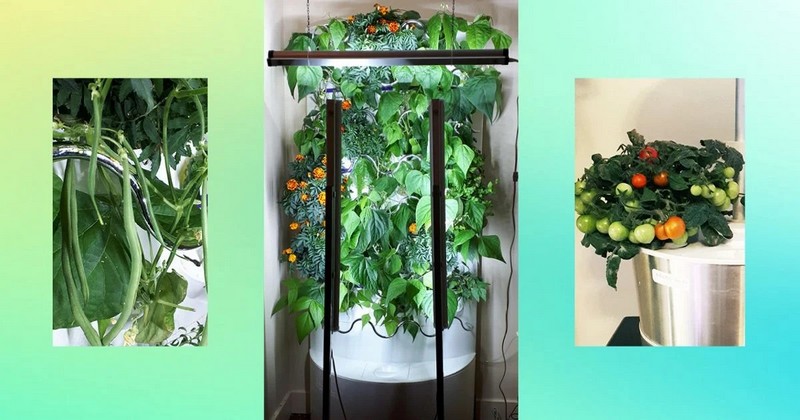
Notably, herbs thrive in a hydroponic system with temperatures ranging from 65 to 70 degrees during the day and dropping no more than 10 degrees at night. Since herbs don't always like to be wet, hydroponic growing systems are ideal for growing them because most systems are set up to provide the roots with oxygen and water.
Benefits Of Growing Herbs Hydroponically
Growing herbs hydroponically requires more investment than growing them traditionally, but the benefits are worth it! Some of the them include:
- Faster growth rates. Because the plants get all the nutrients they need directly, they can grow faster than in soil. On average, they grow 25% - 50% faster than growth in traditional soil.
- Bigger yields. The best hydroponic plants can produce bigger yields with more water and nutrient availability than traditionally grown ones.
- Better tasting and more aromatic herbs. Growing your own herbs hydroponically means having fresh herbs whenever possible. This method allows you to control the nutrients the plants are getting, leading to tastier herbs.
- No soil to deal with. Growing without soil is much easier because there's no mess or cleanup!
- Less environmental impact. Growing herbs hydroponically doesn't require pesticides or herbicides, and it doesn't create any soil erosion.
- Independence from weather conditions. You don't have to worry about bad weather ruining your plant. Herbs can thrive in any environment if you provide the right growing conditions.
- Controlled growing conditions. You can control your plants' temperature, humidity, and light exposure, giving you more flexibility in growing different herbs.
- Cost savings. Hydroponic gardening can be a bit more expensive than traditional gardening. Still, it ultimately saves you money because you need less water and fertilizers, and the yield is bigger.
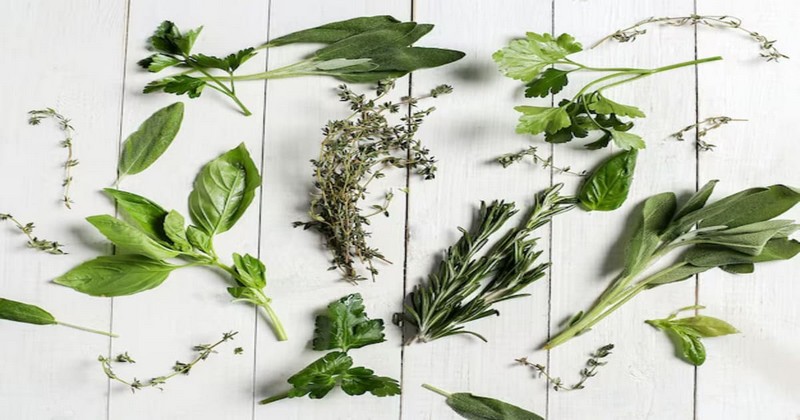
What Are The Best Plant To Grow Hydroponically
Most herbs can be planted hydroponically as long as you provide proper care. However, some best hydroponic herbs are better suited, for example:
- Cilantro
- Thyme
- Lemon balm
- Sage
- Mint
- Basil
- Parsley
- Watercress
- Oregano
- Chamomile
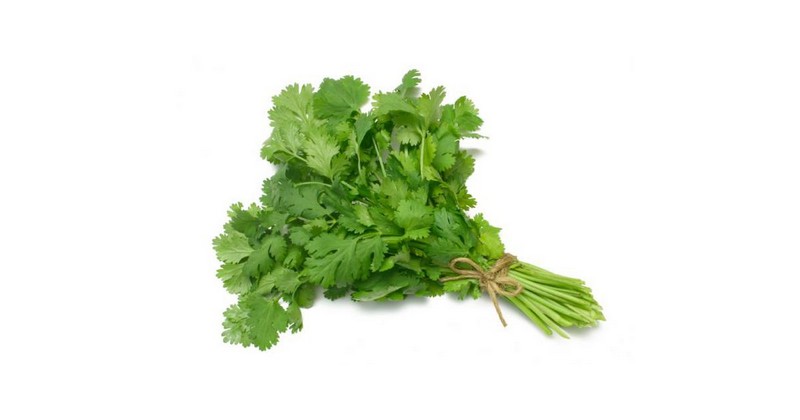
Many herbs develop strongly when they're grown in water. In fact, mint was one of the first few herbs grown hydroponically. When you grow these herbs in water, you may observe that they look slightly different from those grown in soil.
See more: hydroponic fruit.
How To Start A Hydroponic System?
Let's start the process of how to grow hydroponic plants
What You'll Need:
- Airpump with air stone
- Storage container or bucket
- Net pots
- Liquid Nutrients (A & B)
- pH meter
- pH Up and Down
- Measuring beaker
- Hole saw with arbor
- Drill
- Pipettes
How To Start
Step 1: Seek A Suitable Container For The Hydroponic System
Many people find deeper storage containers or buckets more effective for hydroponic systems as they provide a more stable nutrient solution. Smaller reservoirs are more likely to have nutrient concentration and pH fluctuations and require frequent water top-ups.
Below is an example.
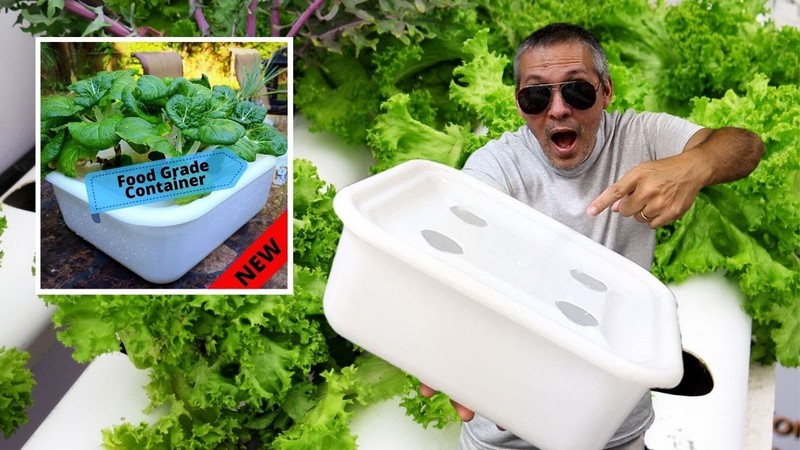
To avoid algae growth, using a container that won't allow light to penetrate is important. In this case, a 55-lb opaque storage container from a previous project is accepted, but we prefer a deeper one. However, this container is suitable for growing leafy greens.
Step 2: Drill Holes Into The Container
You will need net pots with holes for roots to grow through to grow plants. Next, you must drill holes in the container lid where the net pots will be placed.
The only specialized tool required for this process is a hole saw, which is affordable and easy to use. It is essential to ensure that the rim for your net pots are bigger than the holes to prevent them from falling through.
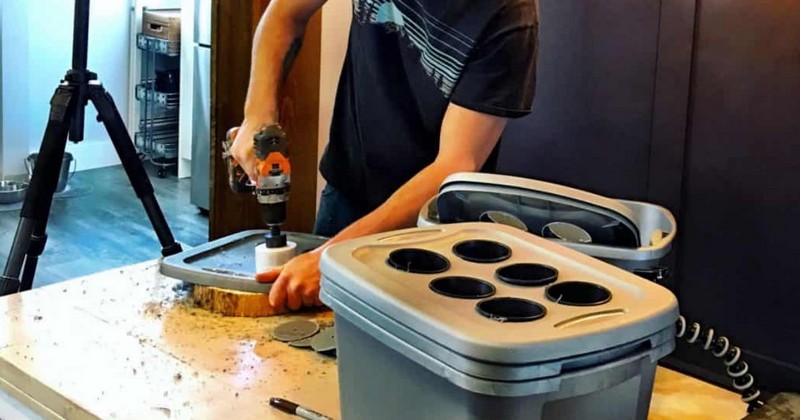
If you are using a bigger container, you can drill multiple holes. However, it is crucial to plan the spacing of the holes carefully. For instance, keep the holes at least 15cm apart if you want your plant to mature healthily.
On the other hand, if you use a 20L bucket, drilling one hole in the center is advisable to create a single plant system. Such systems are ideal for growing larger plants like tomatoes or courgettes.
Step 3: Assemble Your Air Pump
When setting up an air pump with a reservoir, remember to keep the pump outside of the reservoir. The pump should come with a check valve to prevent water from being sucked back up when it is turned off. If the pump does not have a check valve, you must keep it above the water level.

To connect the air stone and check valve, use a tubing length and ensure the arrows on the check valve are opposite the air stone. Next, attach the check valve to the air pump similarly.
Step 4: Fill The Reservoir, Add More Nutrients, And Modify The PH
Before filling up your container, decide where to place it, as it can become quite heavy when full. Fill it with water, leaving about 1-2cm of space at the top.
Next, you need to add hydroponic nutrients to the water, following the instructions on the bottle. For instance, if the instructions advise 2ml per liter of each A and B nutrient, use a measuring cup to add 110ml to a 55l container.
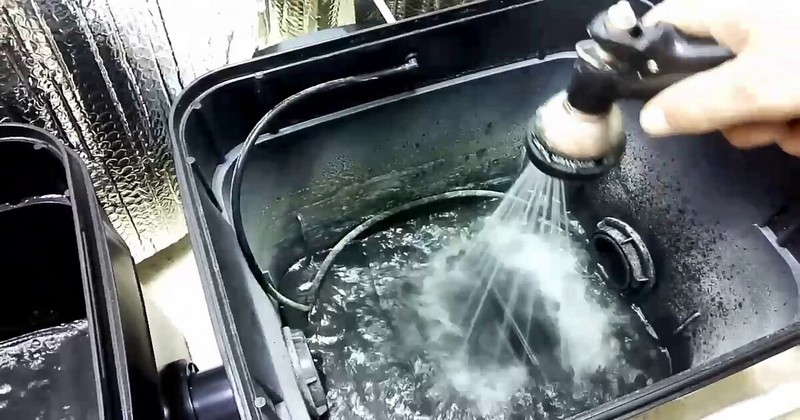
Image via Hygrohybrid
Adjusting the pH of the water is also a must. Measure the pH using a pH meter, typically showing a reading of 6.5 to 7.5 for tap water. However, most vegetables and herbs need a slightly acidic nutrient solution.
You can have pH down to 5.5-6.5 by using drops of phosphoric acid commercially sold as 'pH Down' for hydroponic use. Always wear gloves When handling pH down and mix the solution thoroughly after application.
Step 5: Assemble The System
To set up the hydroponic system, plug the air pump in and place the air stone in the reservoir. Once that's done, secure the lid, and you'll be almost finished.
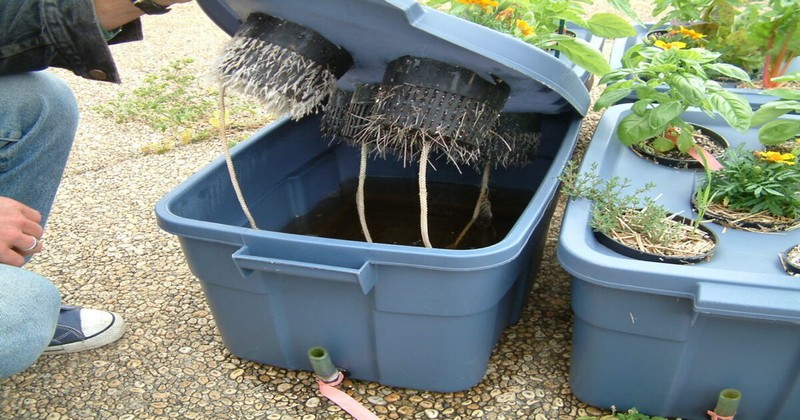
Adding plants is a simple process. You can either use seedlings grown in soil or plants grown in rock wool plugs. However, we suggest you use a medium that doesn't create a mess. Hydroton clay pellets or rock wool plugs are cleaner alternatives.
We advise placing some rock wool plug-grown plants into the net pots, but the choice is yours.
Frequently Asked Questions
Do Herbs Grow Well In Hydroponics?
Yes. Hydroponically grown herbs grow faster and yield higher than those grown in soil. To ensure that your herbs get the right nutrients, it's essential to maintain a stable pH level in your hydroponic solution between 5.5 and 6.5.
This balance will guarantee optimal nutrient absorption for your herbs. Also, herbs require substantial light to grow properly and optimally.
What Plants Cannot Be Grown Hydroponically?
The only plants that don't adapt well to hydroponic gardening are those that need a lot of space to grow and climb (like vines and trees) and root crops (think potatoes, carrots, onions).
What Is The Best Plant To Grow Hydroponically?
The best crops for hydroponics include leafy greens, herbs, tomatoes, strawberries, lettuce, and cannabis (only be grown in legal facilities for legal reasons). These plants require minimal space, have similar nutrient requirements, and offer high yields.
What Is The Easiest Thing To Grow Hydroponically?
It's lettuce. This popular salad ingredient is one of the easiest plants to grow hydroponically. Lettuce has a fast growth rate and requires relatively low nutrient levels.
To sum up, hydroponically grown herbs aren't just tasteful meal additions. They're versatile plants with diverse uses and rich histories.
Whether you grow them in your hydroponic system or infuse them into your tea, herbs offer flavor, health benefits, and a dash of nature's charm. If you want to know more about hydroponic plants, visit Benchmark Hydroponics now!
